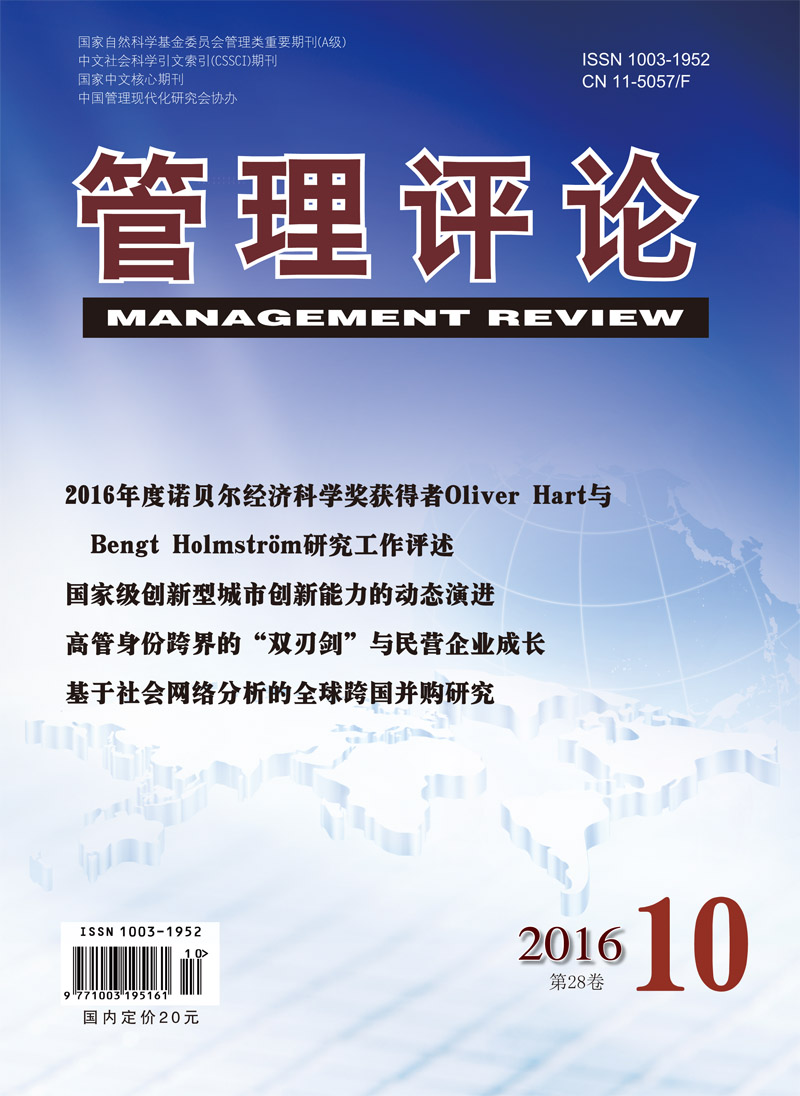Resources and environment are important basis for human survival and development. Beijing, as the political and cultural center, is seriously short of natural resources, and depends exceptionally heavily on imports from other provinces. Therefore, the city is facing tougher challenges with resource needs rising steadily. This paper sets up a complex system of interconnections among water, energy and food. A W-E-F Nexus causal network is established after collecting influence factors. This paper realizes the simulation of regional W-E-F development trends, and carries out a sensitivity analysis based on system dynamics model. According to the simulation results, total consumption of water is expected to rise to 3.84 billion tons in Beijing by 2020. Energy supplies will tail off to below 26 million tons standard coal equivalent (SCE), primary energy is seeking continuous, incremental improvements, where the proportion of cleaner fuels is boosting, such as geothermal energy. Total consumption of energy will reduce gradually to 68.65 million tons SCE by 2020, of which more than 62 percent will be imported from other provinces. Total consumption of food is expected to rise to 7.3 million tons and after the short adjustment periods from 2014 to 2016, yield per unit area will increase continuously to more than 7.8 thousand kilograms by 2020 and degree of self-sufficiency will return to 20 percent. Meanwhile, policies and measures based on energy system will improve sustainable development ability fundamentally, and prove to be critical factors promoting regional development in Beijing. There will be larger and deeper influences when control measures are taken through social and economic means, saying non-resource factors, compared with direct resource regulations.

